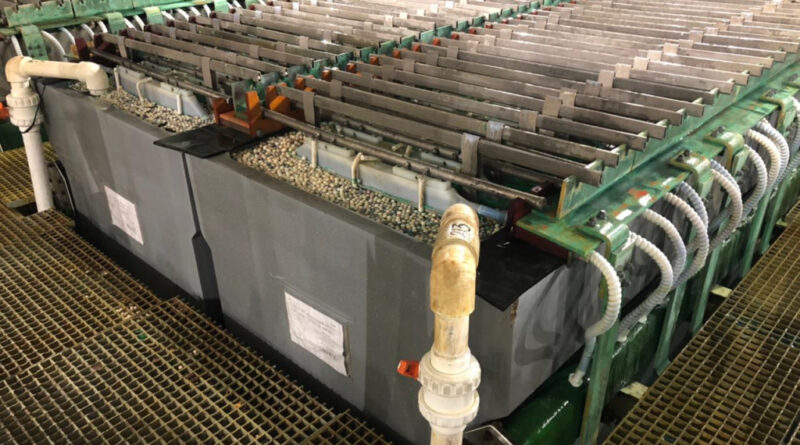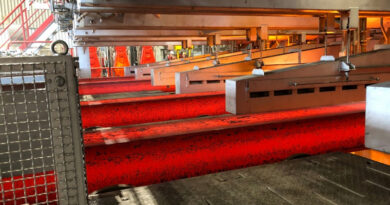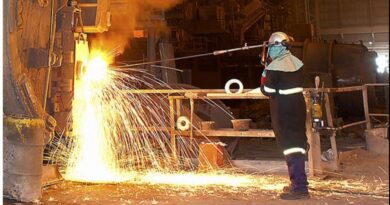Nickel market expected to grow to a 59 kt surplus
In 2022, nickel market is expected to swing to a 59 kt surplus in the base case scenario, mostly in low-grade nickel, and the high-grade nickel market is forecasted to be balanced with a risk of deficit.
However, according to the report, long-term nickel demand will benefit from the developing electric vehicles sector driven by government incentives across the world.
In a base case scenario, it is estimated that nickel consumption in batteries to grow above 1 Mt by 2030 to 30% of total primary nickel demand, which may require further revisions given the continuous introduction of more ambitious carbon neutrality goals, subsidies driven electrification and cost optimization of the battery cell production.
“The battery value chain requires low carbon nickel units, which are likely to be in deficit considering the projected pace of electrification. Additionally, nickel’s essential role as a critical metal for a low carbon economy is further enhanced by its ever-increasing usage in renewable energy,” Nornickel said.
The world production of nickel at 2.36 million tonnes in 2020 ranks fifth in the output of non-ferrous metals after aluminum, copper, zinc and lead. Nickel is produced from both sulphide ores—representing ~30% of world nickel production—and oxide ores—representing ~70% of world nickel production, with nickel now a vital component in batteries which will power much of the new electric transportation age.
The top ten nickel smelter producing countries (2020) include in order:
- China,
- Indonesia,
- Russia,
- Canada,
- Australia,
- New Caledonia,
- Brazil,
- Finland,
- Philippines
- Japan.




